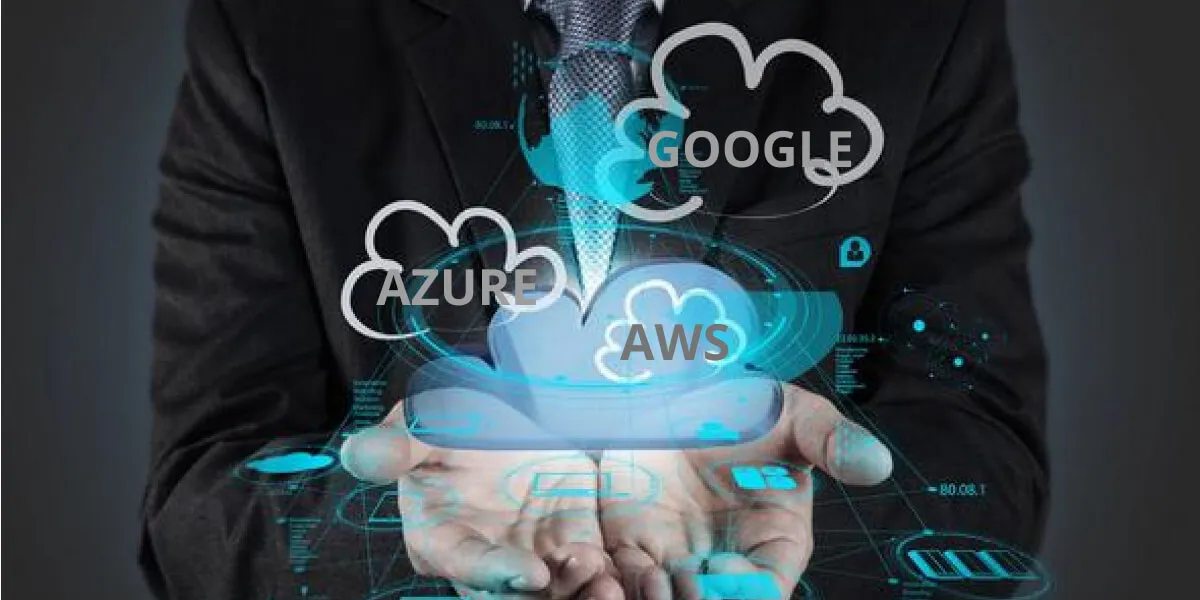
It's easy to get caught up in the distinctions when comparing public cloud services. Each of the three cloud providers, AWS, Microsoft Azure, and Google, has nomenclature, price, service catalogue, and purchase options. But, in the end, do these distinctions matter?
Calculate your choices
Most firms' cloud bills comprise roughly two-thirds of computing products. Thus this analysis will cover the majority of customers' cloud experiences. If you need to utilise a particular service frequently, such as Function-as-a-Service or serverless, you should compare those offers separately.
Cost.
That's all there is to it. What is the pricing difference between the two? Choosing a specific service type, discovering equivalent versions across cloud services, and evaluating pricing is one approach to achieve this. Pull up the price sheet for each cloud service for more precise results. Even an AWS cloud certification training has its pricing variations.
Optional purchases
Assessments of the several purchase alternatives would require several posts in and of themselves, so I'll keep it simple here. These are the most often utilised and debated ways to save money on AWS, Microsoft Azure, and Google Cloud compared to the published-On Demand charges.
Discounts for long-term use
Sustained Use Discounts are available on the Google Cloud Platform. This is a built-in, automated compute capability discount. It's worth noting that the GCP rates provided can be deceiving since a sustained use discount is already factored in, assuming full-month usage — but it's wonderful to see the provider caring for its clients.
Do the differences play a part?
The cloud services are so comparable in many aspects that they are considered equal. If a specific feature is critical to your organisation (serverless computing or interoperability with Microsoft apps), it may become the determining factor. To use the features of distinct layers, use cloud-agnostic tools wherever feasible.
Relevant courses that you may be interested in:







